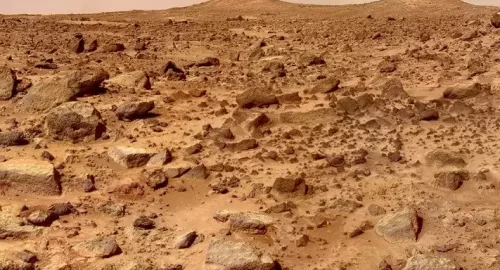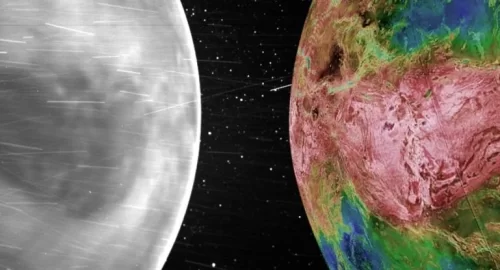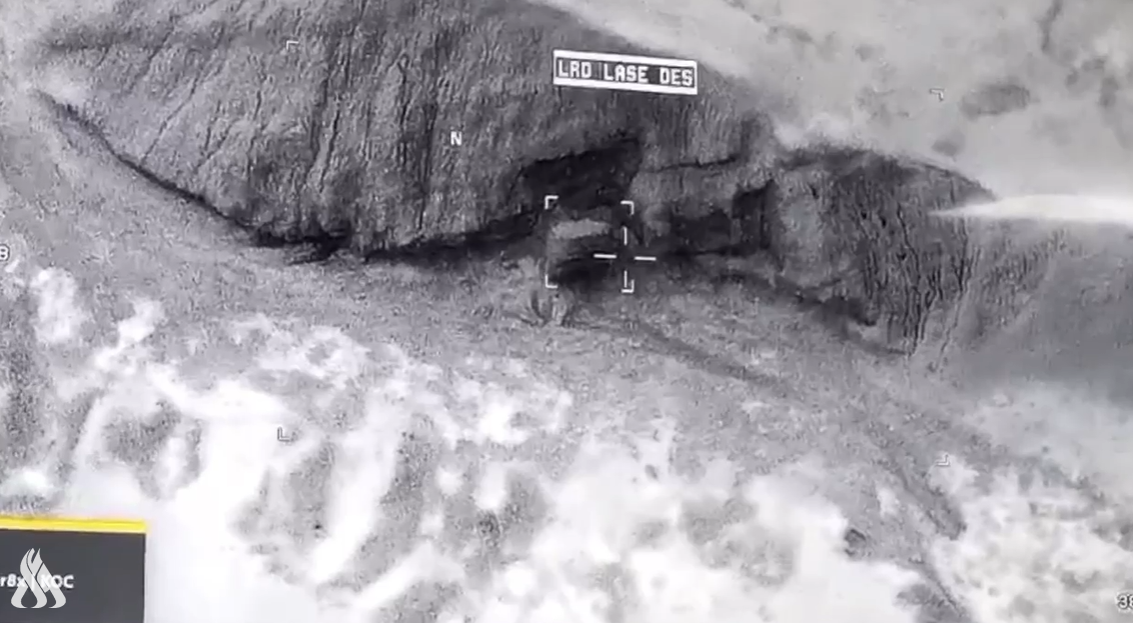
Perseverance rover unearths clues about Martian geology and water history

International
- 29-08-2022, 08:53
INA-source
Scientists were surprised when NASA’s Perseverance Mars rover began examining rocks on the floor of Jezero Crater. The floor of the crater seemed to contain rocks that were formed deep underground instead of from volcanic activity at the surface.
Scientists anticipate that the rock samples collected by NASA’s Perseverance rover will provide a timeline for the planet’s geologic and water history. But they will have to wait an entire decade before the samples can be brought back from the red planet as part of the Mars Sample Return Campaign that is scheduled for 2033.But nonetheless, scientists are already excited about the discoveries made about the samples so far. The findings have been documented in four research papers published in the journal Science.
The Jezero Crater, which lies north of the Martian equator, was an important target for NASA’s 2020 Mars Exploration Mission and the Perseverance rover because it seemed to contain what looked like a river delta formed inside a lake bed. This means that it could potentially tell scientists about how and when water flowed on the red planet’s surface.
The crystallisation ages of the rocks collected from the floor of the crater could provide an upper limit for the delta’s formation, according to University of California, Berkley professor of earth and planetary science David Shuster.
“When that delta was deposited is one of the main objectives of our sample return program, because that will quantify when the lake was present and when the environmental conditions were present that could possibly have been amenable to life,” said Shuster, in a press statement. Shuster is a member of the NASA science team for sample collection and one of the three main authors of the Science papers that summarises the work.
According to Shuster, the samples collected from the Jezero Crater hold a special surprise: igneous cumulate rocks. These rocks were formed by the cooling of molten magma and are some of the best rocks that can help scientists understand the precise geochronology of Mars when the samples have returned to Earth. These rocks also show evidence of having been altered by water.
“From a sampling perspective, this is huge. The fact that we have evidence of aqueous alteration of igneous rocks — those are the ingredients that people are very excited about, with regard to understanding environmental conditions that could potentially have supported life at some point after these rocks were formed,” added Shuster in the press statement.
Before the samples were collected, geologists expected that the Jezero Crater’s floor would be field with either sediment or cooled lava. But at two sites referred to as “Séítah,” rocks appeared to have formed underground and cooled slowly. It seems that they were covered by something tesla that was eroded slowly over the past 2-5 to 3.5 billion years.
The structure of the igneous rock showed millimetre-sized grains of olivine interlaced with pyroxene, which could have only formed by slow cooling. This supports the theory that the rocks formed deep underground from slowly cooling magma before being exposed by erosion over time.
Source-indianexpress
Iraqi Air Force Targets Terrorist Detachment in Salahuddin
- Security
- 24/12/02
F-16 strike kills four terrorists in Kirkuk
- Security
- 24/11/29












